Case 02: Moon Landing Rocket
Introduction
This course is designed to introduce students to the components of a moon landing rocket and the knowledge associated with its operation in near-Earth orbit. Students will use the micro:bit Space Science Kit to learn how to write a programme to control the operation of the Moon Landing Rocket.

Teaching Objectives
- Knowledge of the structure and operation of the moon landing rocket.
- Learn about the trajectory of a moon landing rocket launch.
- Learn how the Moon Landing Rocket is built and programmed for control.
Teaching Preparations
Materials Requested
 | micro:bit V2 |
|---|---|
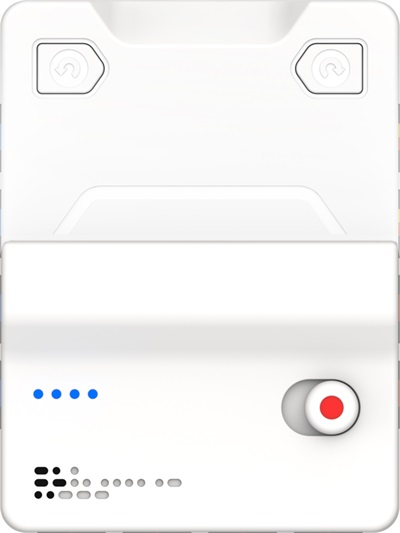 | Nezha Breakout Board V2 |
 | PlanetX Smart Motor |
 | PlanetX Sonar:bit |
 | PlanetX Line Following Sensor |
 | Bricks Pack |
 | USB Cable |
 | Computer(PC) |
Teaching Process
Introduce
Have you ever thought about what a moon rocket is made of and how it works? In this lesson, we'll explore how to build a Moon Rocket from building blocks and control it with a graphical programme.
Ready to explore the world of space travel with the micro:bit Space Creation Kit? Now, let's embark on this fun learning journey!
Exploration Activities
- How do you build a rocket to the moon?
- What if you wrote a simple programme to make a moon rocket work?
- How are the launch trajectories of different countries adjusted?
Case Study
Based on the existing forms and components of moon landing rockets, please open the discussion and rationalise the design of a block moon landing rocket.
Example






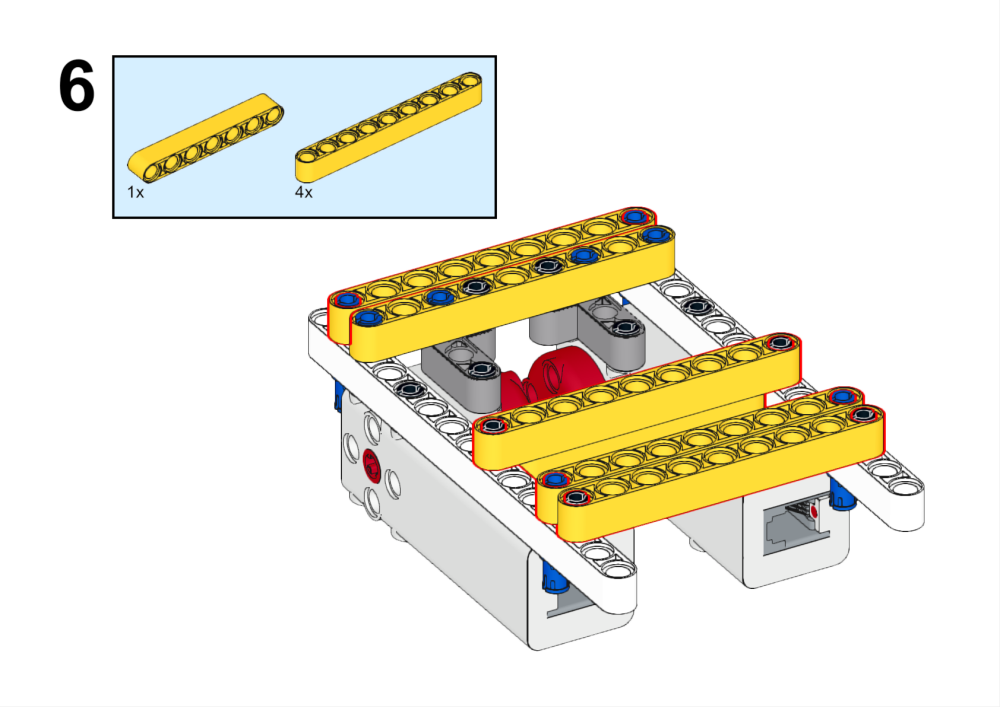
































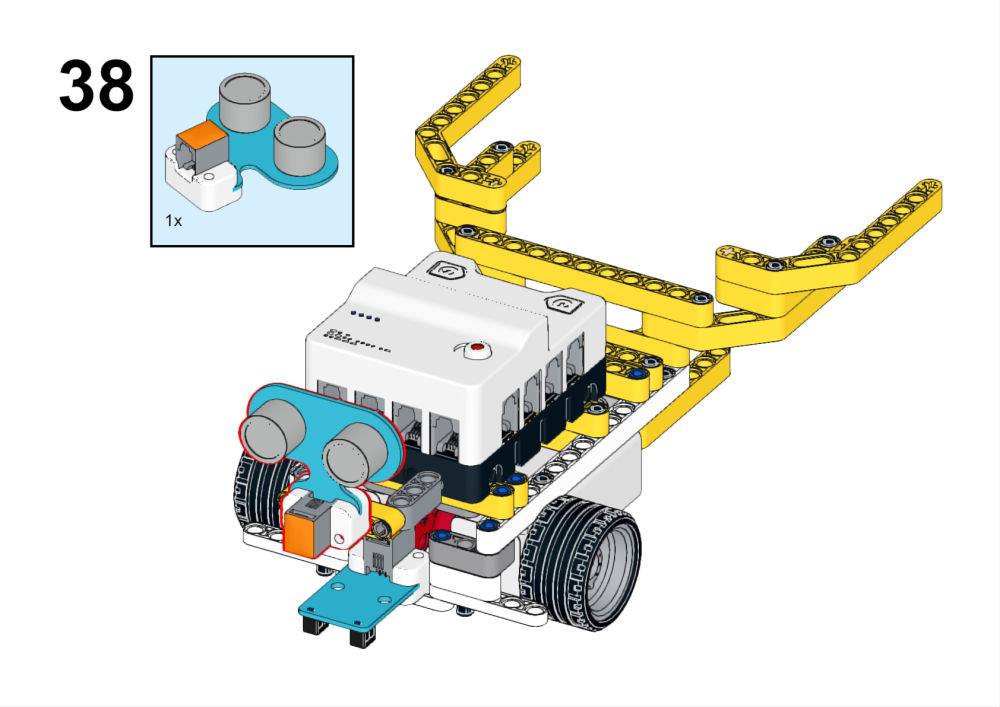

Example of a trajectory marker for a lunar orbit insertion of a moon-landing rocket.











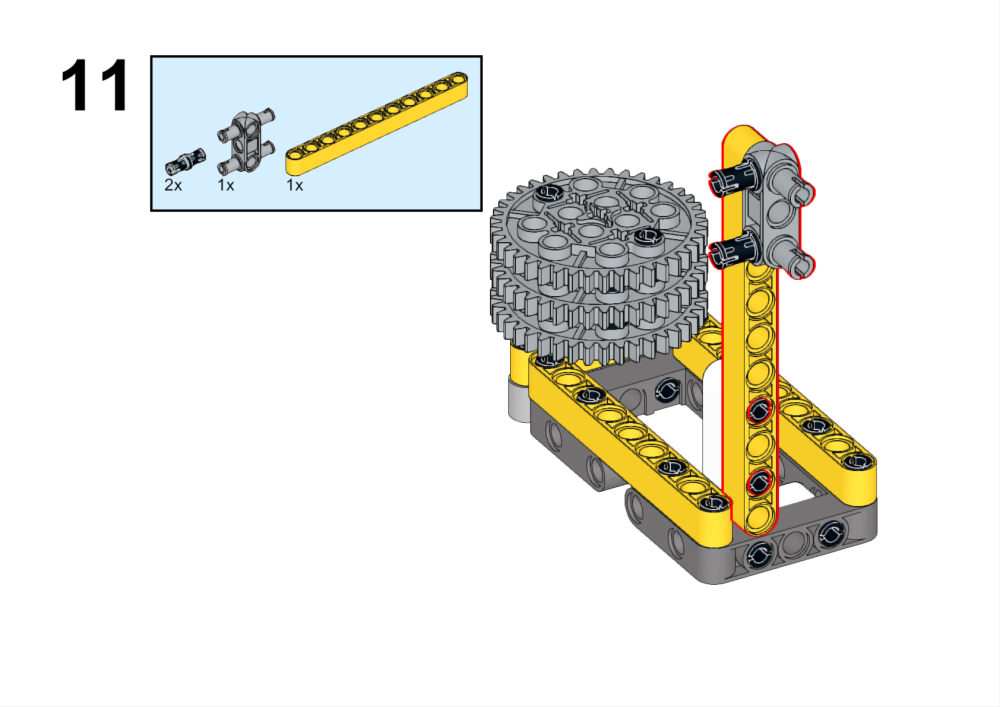




Program
Add Extensions
Go to “makecode.microbit.org”, click to create new project.
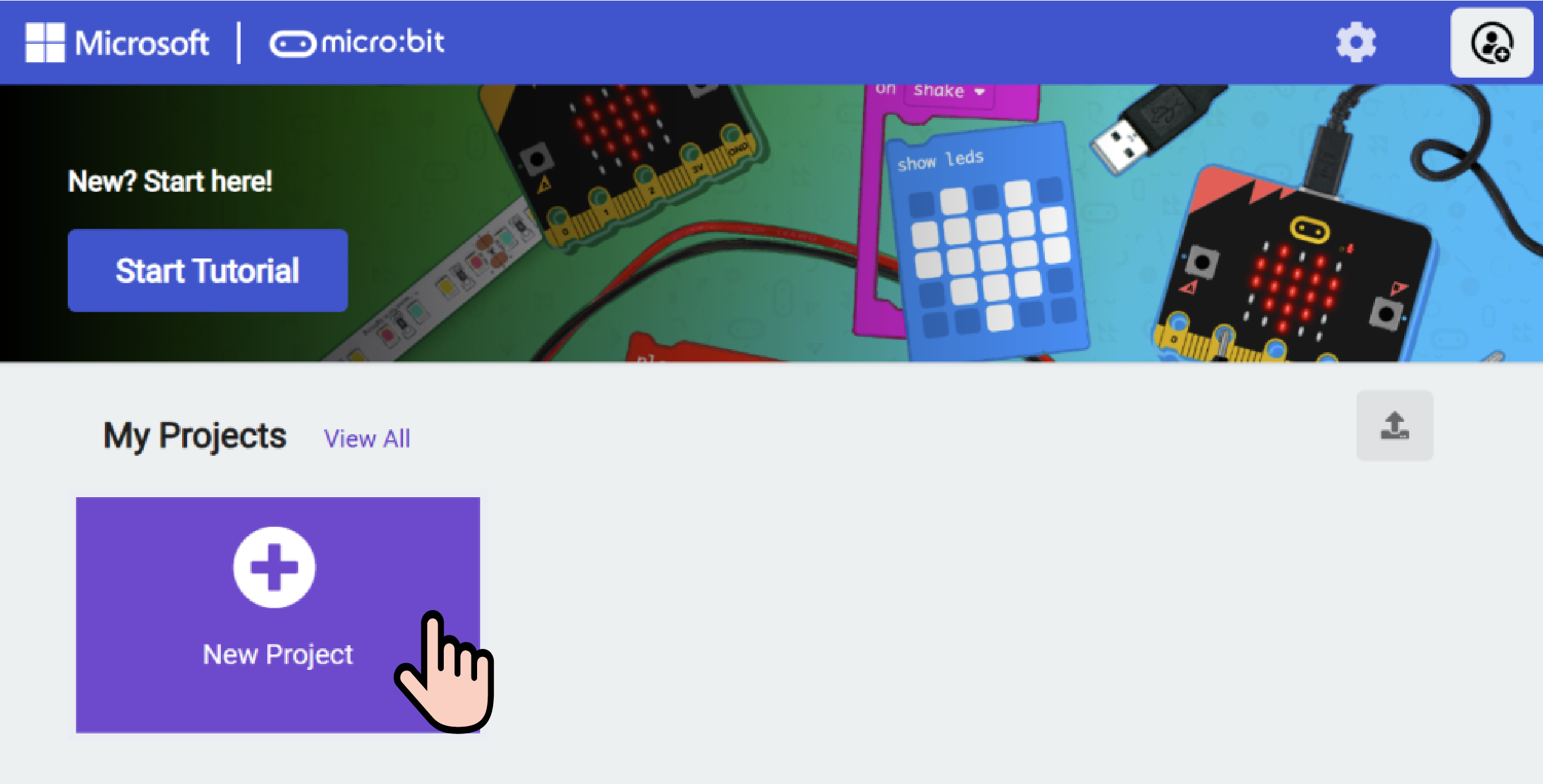
Give it a name and click "Create".

Click on Extension in the code drawer.

Type nezha2 in the popup and click on the search icon, click on the nezha2 repository when it is displayed. Load the PlanetX library in the same way.

Component Connection
Please refer to the wiring diagram below to connect the components to the corresponding interfaces.

Sample Program

Link:https://makecode.microbit.org/_e329vvKt0cub
 Please adjust the speed of the PlanetX Smart Motor appropriately for your classroom.
Please adjust the speed of the PlanetX Smart Motor appropriately for your classroom.
Program
Connect your PC and the micro:bit V2 with the USB cable.

There will be a "micro:bit" disk in the computer.

Click the left corner  , select Connect Device.
, select Connect Device.

Click  .
.

Click .
.

Select BBC micro:bit CMSIS-DAP in the pop-up window, and then select Connect, so far, our micro:bit has been connected successfully.

Ckick to download the program

Teamwork and Presentation
Students are divided into teams and work together to build and programme the Moon Landing Rocket.
Students are encouraged to co-operate, communicate and share their experiences with each other.
Each group will have the opportunity to show the other groups the moon landing rocket they have made and demonstrate it.
Expected Results: After startup, the lunar landing rocket is launched from Earth and stops upon encountering an obstacle (simulating the motion of a lunar rocket from takeoff on Earth to the lunar orbit insertion point).

Summarise and Reflect
Review the lesson content and remind students what knowledge and skills they have acquired.
Lead students to discuss the problems and difficulties they encountered during the production process and how they solved these problems.
Guide students to think about the direction of optimisation and improvement of the Moon Landing Rocket, e.g. what other interesting cases can be produced.
Extended Knowledge
The composition and operation of a moon landing rocket and its associated systems is a complex area of space engineering that involves the design of the rocket, its launch, its operation in near-Earth orbit (LEO), and ultimately its landing on the moon. The following is popular science information about the composition of the Moon Landing Rocket, Near Earth Orbit operations, and the background of the Moon Landing.
Components of a Moon Landing Rocket
A Moon Landing Rocket typically consists of multiple components that work in concert to make the journey from the surface of the Earth to the surface of the Moon. A typical moon landing rocket system may include the following components:
- Boosters:
- These are the first stage of the rocket and provide the initial thrust to accelerate the rocket from the Earth's surface to a velocity high enough to overcome the Earth's gravity.
- Core Stage:
- Inherits the thrust from the booster and continues to propel the rocket until it reaches sufficient altitude and velocity to enter Earth orbit or Earth-Moon transfer orbit.
- Upper Stages:
- Takes over after the core stage has burned out and delivers the payload into a more precise target orbit, such as an Earth-Moon transfer orbit.
- Service Module:
- Contains life support systems, propulsion systems, and communications equipment to support the astronauts in space and control the orbit of the spacecraft.
- Command Module:
- Or Return Module, this is the main living area for the astronauts during the mission and the return module when returning to Earth.
- Lunar Lander:
- Specially designed for descent from orbit to the surface of the Moon, with the ability to take off again to return to orbit to dock with the Service or Command Module.
Near-Earth orbit operations
After liftoff, the rocket first needs to reach near-Earth orbit (LEO), a low orbit around the Earth, typically at an altitude of between a few hundred kilometres and two thousand kilometres. In LEO, the rocket's primary mission is:
- Use the upper stage or upper stages to make orbital corrections to achieve a stable circular orbit.
- In the case of a manned mission, the astronauts may perform a series of checkout and preparation activities during this stage.
- Conduct necessary scientific experiments or deploy a satellite (if the mission includes these).
Moon landing background
The most famous example of a moon landing mission is the US Apollo programme, in particular Apollo 11 which first put a man on the moon in 1969. Since then, moon landings have been one of the key goals of space exploration in various countries. In recent years, with the rise of commercial spaceflight companies and technological advances, moon landings have once again become a hot topic in international spaceflight, with China, the United States, Russia, the European Space Agency, and other countries all proposing their own plans or concepts for moon landings.
China's plans for the moon include the use of heavy-lift launch vehicles, such as the Long March 9, as well as a new generation of manned spaceships and lunar modules, with the goal of landing astronauts on the moon within the next few years. These missions represent not only technological challenges, but also symbols of human exploration of the universe, expansion of the range of human activities and understanding of the natural universe.
Each component of the moon landing rocket is carefully designed to ensure the safety and success of the entire mission. Each part of the process, from the launch from Earth, through the manoeuvres in near-Earth orbit until the final landing on the surface of the Moon, requires precise calculations and control.